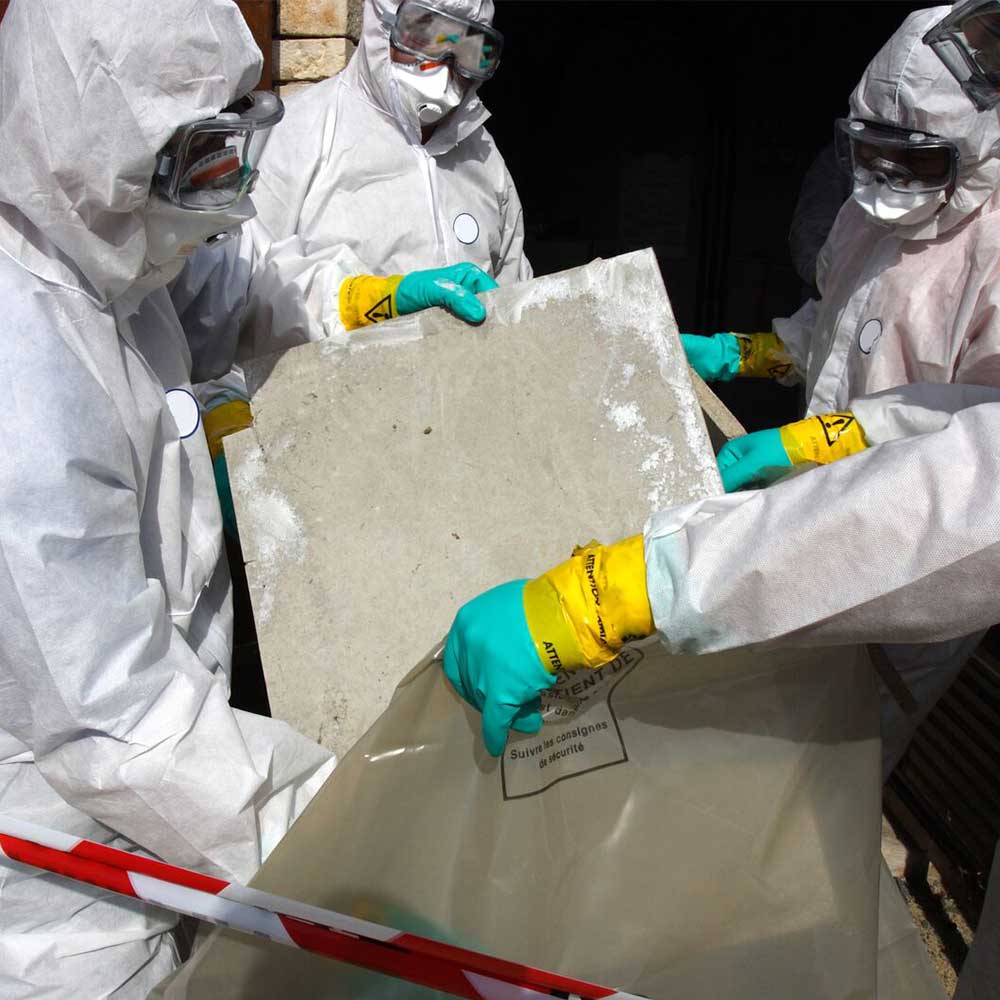In 2018, close to 700 Australians lost their lives to Mesothelioma, a lung cancer primarily caused by exposure to asbestos. Since then, this figure has sadly climbed, placing Australia second globally in mesothelioma mortality, trailing only behind the United Kingdom.
Despite asbestos being banned in Australia nearly two decades ago and its disuse in residential and commercial settings, its lingering presence underscores its lethal nature.
In this blog, we'll delve into which occupations carry the highest risk of asbestos exposure. But first, let's review some essential facts about asbestos:
- Asbestos, once hailed as a versatile, fire-resistant material, was utilised across various industries, including construction, automotive, and shipbuilding.
- Its use peaked from the 1940s to the 1990s before regulations were imposed, leading to its eventual ban in Australia in December 2003.
- Asbestos, mined primarily from countries like China, Russia, Kazakhstan, and Australia, was exported globally.
- Notably, the town of Wittenoom in Western Australia thrived as an asbestos mining center until regulations were enforced in the 1970s and a complete ban in 2003.
Despite its ban, many structures built before 2003 still contain asbestos, posing health risks to those working in or around them. Globally, over 125 million people face asbestos exposure at work annually, with occupational exposure being the primary cause of mesothelioma.
A 2018 report by the Australian Institute of Health and Welfare revealed that 93% of mesothelioma cases since July 2010 were linked to possible asbestos exposure at work. Western Australia, owing to its history as an asbestos mining hub, reported approximately four mesothelioma cases per 100,000 people from 2015 to 2018.
Occupations at high risk of asbestos exposure:
High-Risk Occupations:
- Mineworkers: Those involved in asbestos mining and processing face the highest risk.
- Asbestos Inspection and Removal Professionals: Experts tasked with detecting, testing, and removing asbestos are susceptible.
- Construction Workers: Builders encountering asbestos-containing materials during renovations are at risk.
- Auto and Aircraft Mechanics: Those handling asbestos-laden components face exposure.
- Firefighters: Responding to fires in structures containing asbestos increases exposure.
- Industrial Workers: Those in manufacturing roles handling asbestos products face risks.
- Shipyard Workers: Asbestos is prevalent in shipbuilding materials, endangering workers.
Medium and Low-Risk Occupations:
- First Responders and Boiler Workers: Face moderate risks due to occasional exposure.
- Carpenters, Electricians, Cement Plant, and Railroad Workers: Encounter asbestos during specific tasks.
- Appliance Installers, Engineers, and Farmers: Experience minimal exposure during certain activities.
Despite these categorisations, any level of asbestos exposure poses health risks. Mesothelioma, asbestosis (lung scarring), and lung cancer are common outcomes, with symptoms often appearing decades later.
In case of accidental asbestos exposure, seeking immediate medical attention is crucial. Employers must ensure workplace safety by maintaining asbestos registers and implementing thorough management plans.
Stay informed and prioritise safety in asbestos-prone workplaces.

